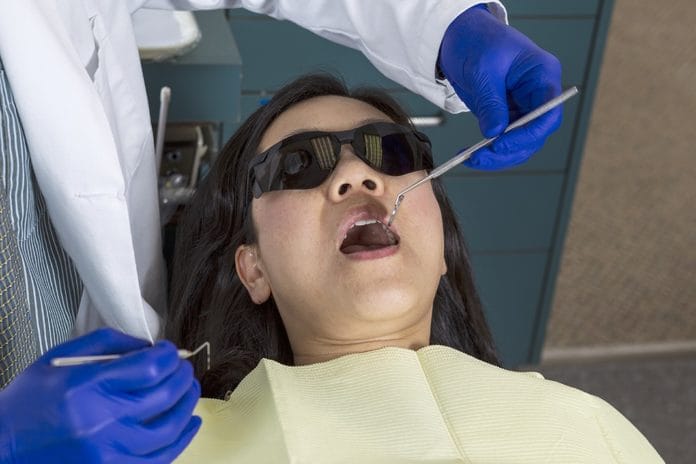The American Dental Hygienists’ Association recently published an article, “Variations in Periodontal Diagnosis Among Clinicians: dental hygienists’ experiences and perceived barriers,” in their June 2018 edition. The purpose of the study was to investigate how different clinicians face barriers when they try to use evidence-based protocols to diagnose and treat periodontal disease. The researchers wanted to understand how the dental hygienists’ ability to diagnose varied based on the clinical practice. The study was conducted by four researchers: Kelly E. French, Kristeen R. Perry, Linda D. Boyd and Lori J. Giblin.
The method used for the study was a qualitative design. A small sample of 20 dental hygienists participated in the online focus group. The dental hygienists were asked to share their experiences and try to diagnose periodontal disease with other participants using a video-conferencing platform. The researchers recorded and transcribed each session so they could later examine the material look for common themes and additional insight.
At the end of the study, the researchers noted dental hygienists who were new to the field felt somewhat prepared to diagnose periodontal disease in patients properly. However, they stated they would feel more confident in their skills and knowledge after they’d had a few more years of experience. The dental hygienists in the study agreed with their colleagues’ periodontal disease diagnosis and utilized similar periodontal classification systems. However, the participants did note that not having a standardized periodontal classification system caused miscommunication when they tried to communicate the patient’s condition to other professionals in the oral health care field.
Some participants also said they experienced several barriers to diagnosing the disease, such as the patient’s refusal to accept their diagnosis. Another barrier the participants faced were patients who decided to decline further treatment due to their inability to finance the procedure.
In Conclusion
Based on the qualitative data collected from the study, dental hygienists suggest a standardized periodontal classification system can help clear up potential confusion when they talk to other dental professionals outside their practice setting and allow them to diagnose patients more consistently. These findings may also help dental hygiene educators better prepare students for clinical practice.
SEE ALSO: New AAP Periodontal Classification Guidelines
DON’T MISS: A Dental Hygienists’ Refresher on Periodontal Probing










